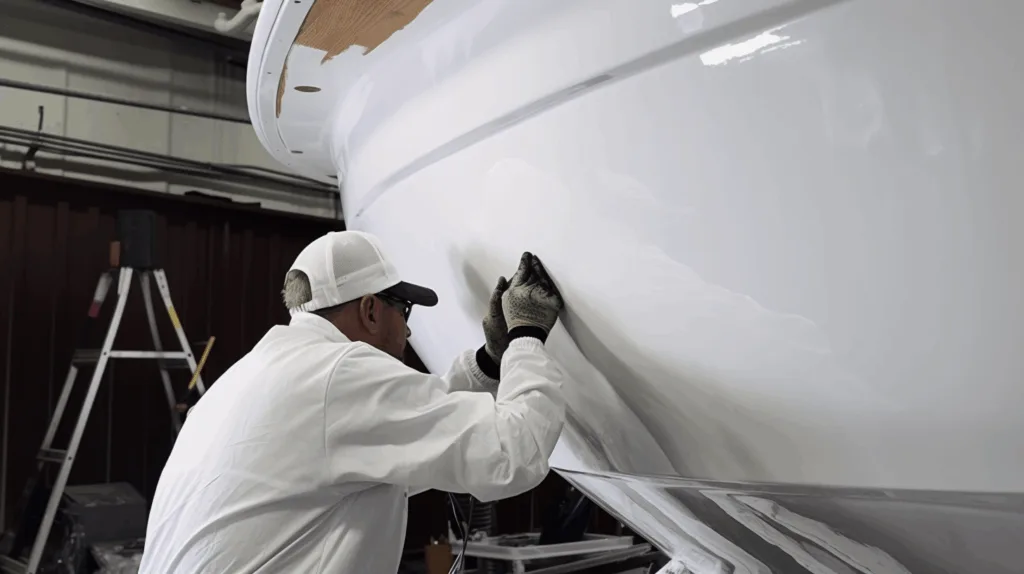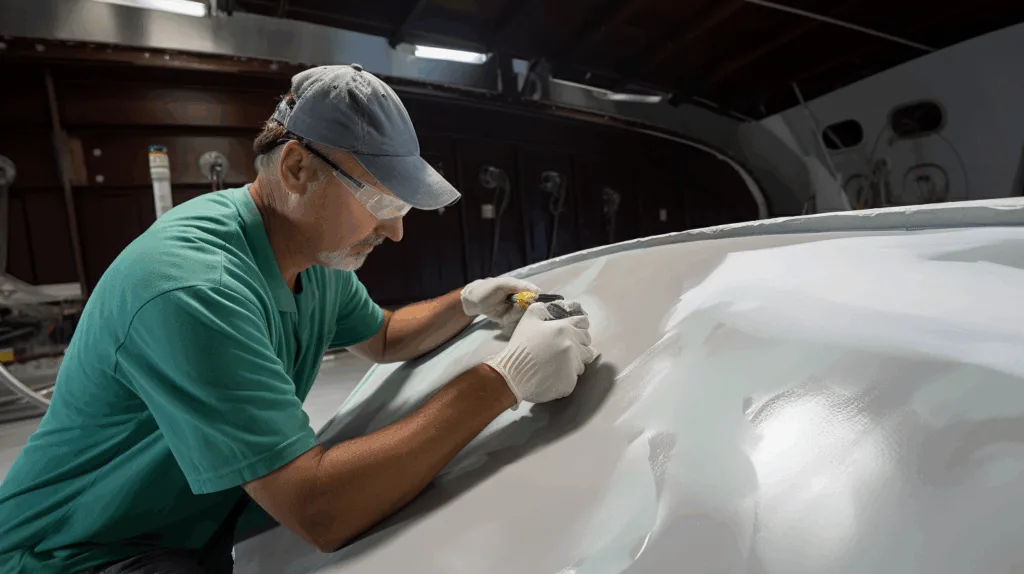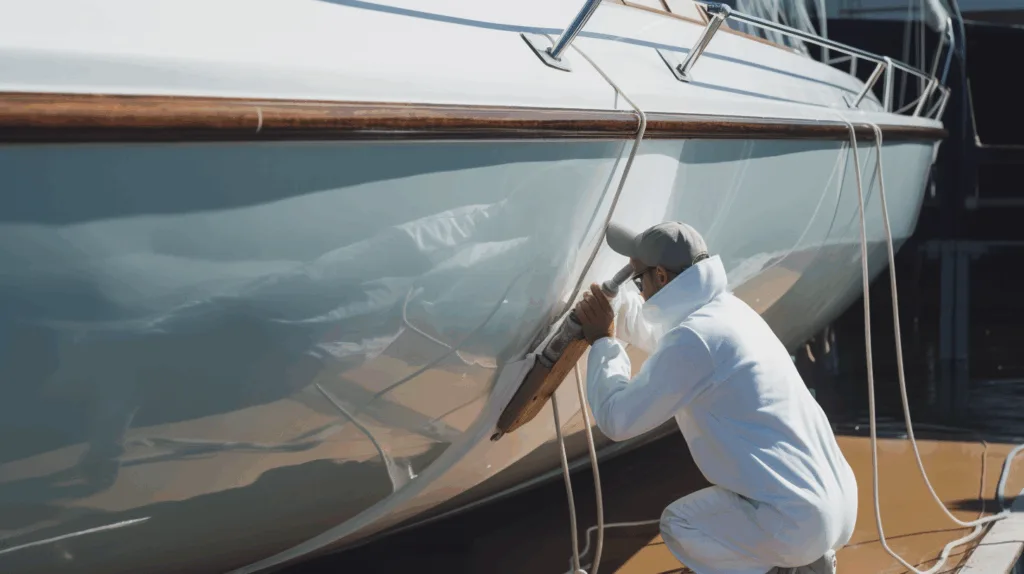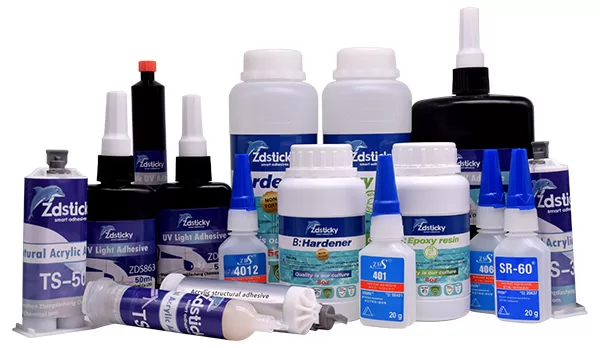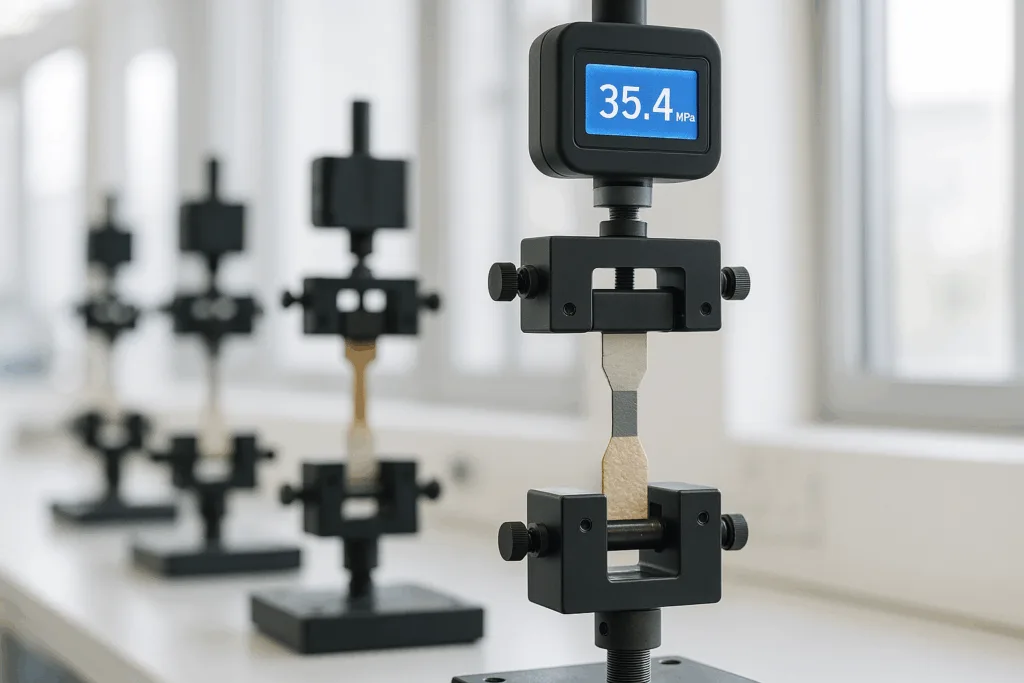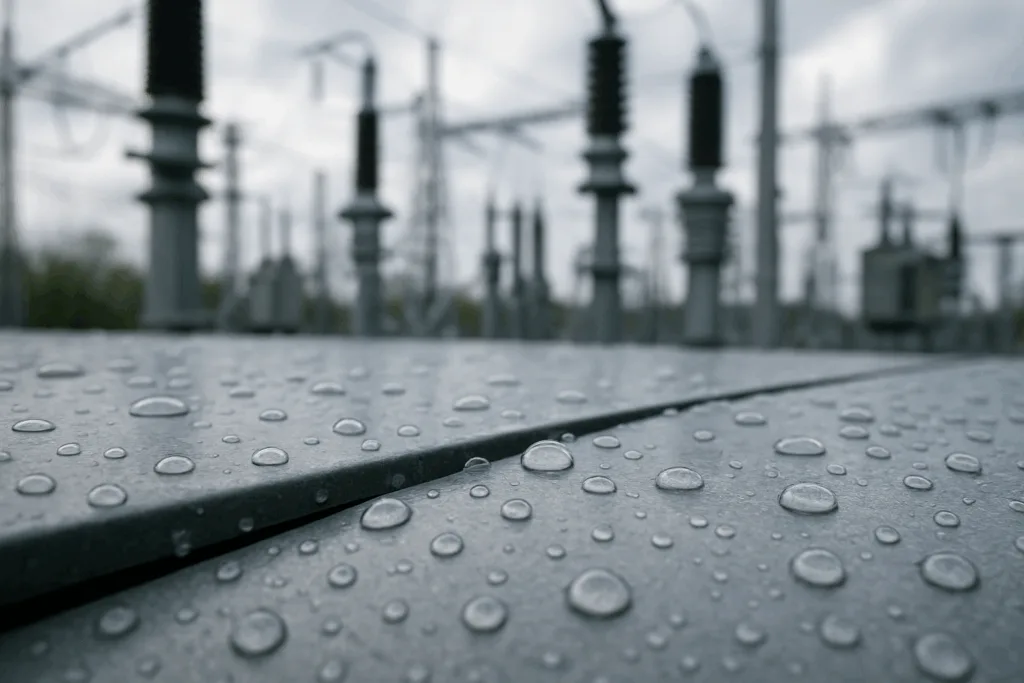When it comes to maintaining or restoring a fiberglass boat, using the best marine adhesive for fiberglass is critical. A high-quality adhesive ensures a watertight, strong bond that stands up to harsh marine conditions — from saltwater to UV rays. ZDS™, a trusted adhesive manufacturer providing innovative bonding solutions, offers a range of adhesives designed specifically for marine and fiberglass applications. This 2025 guide breaks down the top adhesive choices and shows you how to achieve professional-quality fiberglass repairs that last.
Why Fiberglass Requires Specialized Marine Adhesives
Properties of Fiberglass in Marine Environments
Fiberglass is widely used in boat hulls, decks, and panels because of its strength-to-weight ratio, corrosion resistance, and design flexibility. However, its non-porous nature and the constant exposure to water, heat, and UV radiation make it a challenging substrate for bonding.
To achieve a durable repair, a marine adhesive for fiberglass boat applications must:
- Form strong chemical bonds with fiberglass resin.
- Resist prolonged water immersion and temperature fluctuations.
- Handle structural loads and dynamic stress without cracking.
Common Repair Challenges in Fiberglass Boats
Repairing fiberglass boats isn’t just about plugging a hole or filling a crack. Common challenges include:
- Delamination caused by water ingress.
- Stress cracks in high-impact areas.
- Hull breaches requiring high-strength structural bonding.
- Ensuring cosmetic repairs blend seamlessly with the original finish.
Choosing the right fiberglass boat repair adhesive can address these issues effectively, preventing costly rework or structural failure.
Top Marine Adhesive Types for Fiberglass Repair
Different adhesive chemistries serve different repair needs. Here are the top three types for 2025:
Epoxy Adhesives – Maximum Structural Strength
Epoxies are considered the gold standard for structural fiberglass repairs. They offer:
- High tensile and shear strength.
- Excellent chemical and water resistance.
- Long open times for precise application.
Best use case: Major structural repairs, hull-to-keel bonding, or transom rebuilding.
Common products in this category often include thickened, non-sag epoxy pastes or low-viscosity infusion resins. They cure rigid and are ideal when the highest mechanical performance is needed.
Polyurethane Adhesives – Flexibility Under Stress
Polyurethane-based adhesives provide strong, elastic bonds that can flex with the boat’s movement. They are often preferred for:
- Deck-to-hull seams.
- Rub rail attachment.
- Areas exposed to repeated impact or vibration.
Benefits include:
- Moderate strength with high elasticity.
- Good moisture and temperature resistance.
- Can bond dissimilar materials, including fiberglass to metal or wood.
MS Polymer Sealants – Waterproofing & UV Resistance
MS (Modified Silane) Polymer adhesives combine the best features of silicone and polyurethane. In marine fiberglass repairs, they shine due to:
- Superior UV and saltwater resistance.
- Low shrinkage and no isocyanates.
- Paintability after curing.
MS polymers are ideal for sealing hatches, windows, or deck fittings on fiberglass boats, where watertight integrity is essential without the rigidity of epoxies.
ZDS™ Marine Adhesives for Fiberglass Repair
ZDS™ continues to lead the industry with advanced adhesive technologies tailored for marine repair environments. Engineered for strength, durability, and ease of use, ZDS™ marine adhesives are trusted by boatbuilders and repair professionals alike.
Key Product Features
1. ZDS™ 909-G3
Two-component modified epoxy structural adhesive
Key Benefits:
- High bonding strength (Shore D >80)
- Excellent impact and peel resistance
- Operating temperature: -40°C to 120°C
- Ideal for structural repairs on fiberglass hulls, bulkheads, and frames
2. ZDS™ PU940-L
Flexible polyurethane structural adhesive
Key Benefits:
- Shear strength ≥7MPa, tensile strength ≥8MPa
- Excellent for dynamic joints and stress zones
- Cures at room temperature or with mild heating
- ROHS and REACH compliant
3. ZDS™ MS933
MS polymer sealant for marine waterproofing
Key Benefits:
- Elongation at break: 350%, shear strength: 3MPa
- Strong adhesion to fiberglass, PVC, metal, ABS
- Isocyanate-free, weather-resistant, easy to apply
Each product is formulated to meet or exceed international marine standards, offering peace of mind whether you’re restoring a classic or fixing storm damage.
Real-World Applications & Case Studies
In a recent case study, a coastal charter company used ZDS909AB-G-3 to repair a cracked fiberglass transom. After six months of constant operation and saltwater exposure, the bond remained intact with zero performance degradation.
Another notable application involved ZDS933 being used to seal deck hatches on a high-speed rescue vessel, ensuring long-term waterproofing even in extreme UV and wave conditions.
How to Apply Marine Adhesives for Fiberglass Repair
Even the best adhesive won’t perform without proper surface prep and application. Here’s how to get the most from your fiberglass boat repair adhesive.
Surface Preparation Tips
- Clean thoroughly: Remove grease, dirt, and old adhesive using an approved solvent.
- Sand the bonding area: Use 80–120 grit sandpaper to create a texture for better adhesion.
- Dry completely: Ensure no moisture is present — even slight dampness can ruin a bond.
- Mask off surrounding areas: This prevents mess and ensures a clean finish.
Bonding and Curing Best Practices
- Apply evenly: Spread adhesive with a putty knife or notched trowel, depending on viscosity.
- Clamp if needed: For structural bonds, use temporary clamping to maintain alignment.
- Respect curing times: Follow the manufacturer’s temperature and humidity guidelines.
- Post-cure (if applicable): Some epoxy systems benefit from heat curing for optimal performance.
Always consult the technical data sheet (TDS) for the specific ZDS™ adhesive you’re using.
FAQ: Marine Adhesives for Fiberglass
What’s the best adhesive for fiberglass boat hull repairs?
For structural repairs below the waterline, a high-strength epoxy like ZDS™ MarinePro 860 is recommended due to its mechanical performance and waterproof capabilities.
Can I use marine sealants instead of adhesives for fiberglass?
Sealants like MS polymers are excellent for non-structural applications — such as sealing — but lack the bonding strength required for major repairs.
How long does a fiberglass adhesive take to cure?
Cure times vary by chemistry and temperature. Epoxies typically cure in 12–24 hours, while polyurethane and MS polymers may take up to 48 hours for full performance.
Conclusion – Choosing the Best Marine Adhesive for Your Project
When repairing fiberglass boats, not all adhesives are created equal. From the rigid strength of epoxies to the flexibility of polyurethane and the sealing power of MS polymers, selecting the best marine adhesive for fiberglass depends on the repair scope and environmental demands.
ZDS™ stands out with purpose-built adhesives designed to meet real-world marine challenges. Whether you’re sealing a hatch or rebuilding a transom, trust ZDS™ to deliver solutions that last in the harshest conditions.

